Climate change has become a widely discussed topic, gaining significant attention in recent years despite its controversies. It’s clear that climate change affects many people, and emerging evidence indicates that trapped underground heat may lead to ground deformations, compelling the renovation of old buildings.
The surge in factories and industrial structures has led to a sharp increase in carbon emissions, causing the Earth’s atmosphere to amass excessive carbon. This creates a problem since heat gets trapped within the atmosphere, causing temperatures to rise. As the carbon cycle takes so much time to rebalance temperatures, the additional carbon makes the time for each cycle nearly double.
Sophomore Vrayas Pila recalls information from his biology class and applies it to climate change. “In class, we were taught about the carbon cycle and how vital it is to the Earth’s atmosphere. When a bunch of carbon gets released quickly, the cycle isn’t able to keep up, which causes heat to get trapped,” Pila remarked.
Studies show that some of this heat gets confined under the surface, causing buildings’ foundations to crumble. In major cities such as Chicago, this poses a threat since there are many underground subways which contribute to the buried heat.
Northwestern University professor Alessandro Rotta Loria is responsible for the evidence showing these temperature anomalies. According to Loria’s research, air temperatures in human-made structures below ground can be up to 77 degrees higher than ground temperature.
Although this may not seem that meaningful, this additional heat causes the city’s infrastructure to deteriorate causing many buildings to restructure their foundation.
Junior Rithwick Lakshmanan, an aspiring engineer, believes that this could be troublesome for the future of cities, especially those that tend to amass heat underground. “With this, engineers are going to need to account for how these issues affect the city’s buildings and are going to need to think up of something new to counter this,” Lakshmanan stated.
During high summer temperatures, materials expand due to the high temperatures present. Then in winter, the same materials shrink and over time, this process causes buildings to crack and begin to crumble due to these material changes.
Nearby, Davenport, Iowa also experiences a decay in the structural integrity of their buildings.
On May 28, the west wall of Davenport’s 324 Main St. collapsed. Reports state that the collapse was due to the removal of brick and support structures, however some speculate that other factors could have contributed. The removal was predicted to not have any impact on the building, but with accounting how materials react to trapped heat, the removal may actually be detrimental to the west wall.
“Whenever I drive by Davenport nowadays, I can see some buildings start to crack and break, especially the older ones. Even though they could just be crumbling due to time passing, I think the underground heat is boosting the process,” Lakshmanan shared.
Deteriorating buildings directly force their respective cities to build new ones or repair the already existing ones. The process of doing so will fall under industrial means, ultimately vomiting more carbon emissions.
In order to combat this, cities are going to need to research how much heat is currently confined under the surface. With this, engineers can make an informed decision about what to fix and how to fix the problems that arise with the city’s infrastructure.








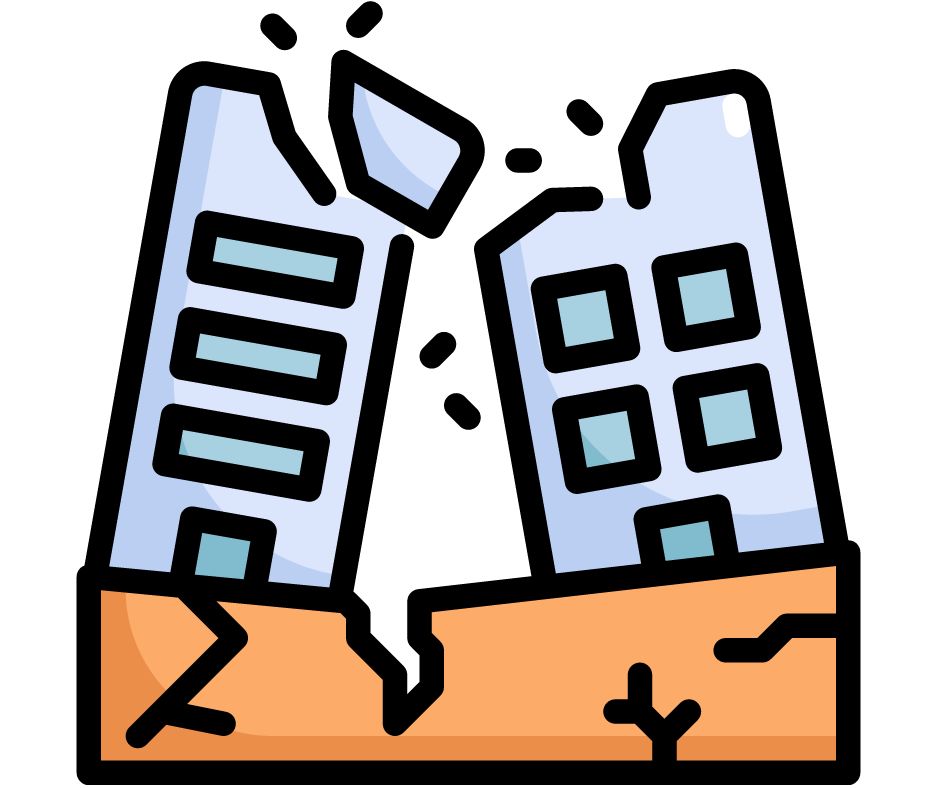
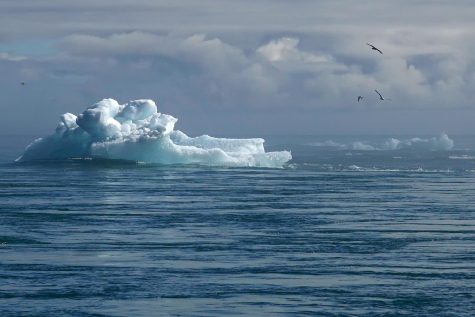

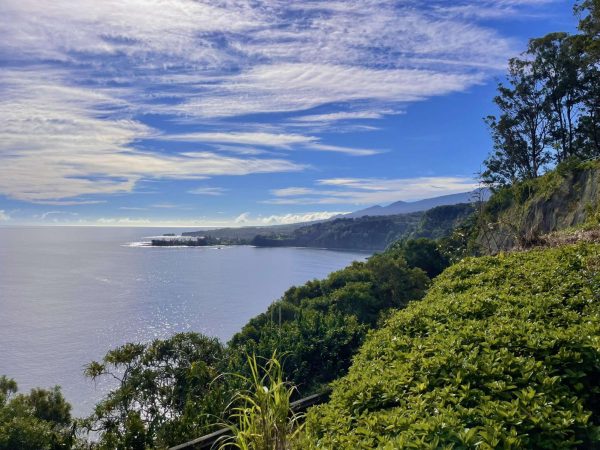
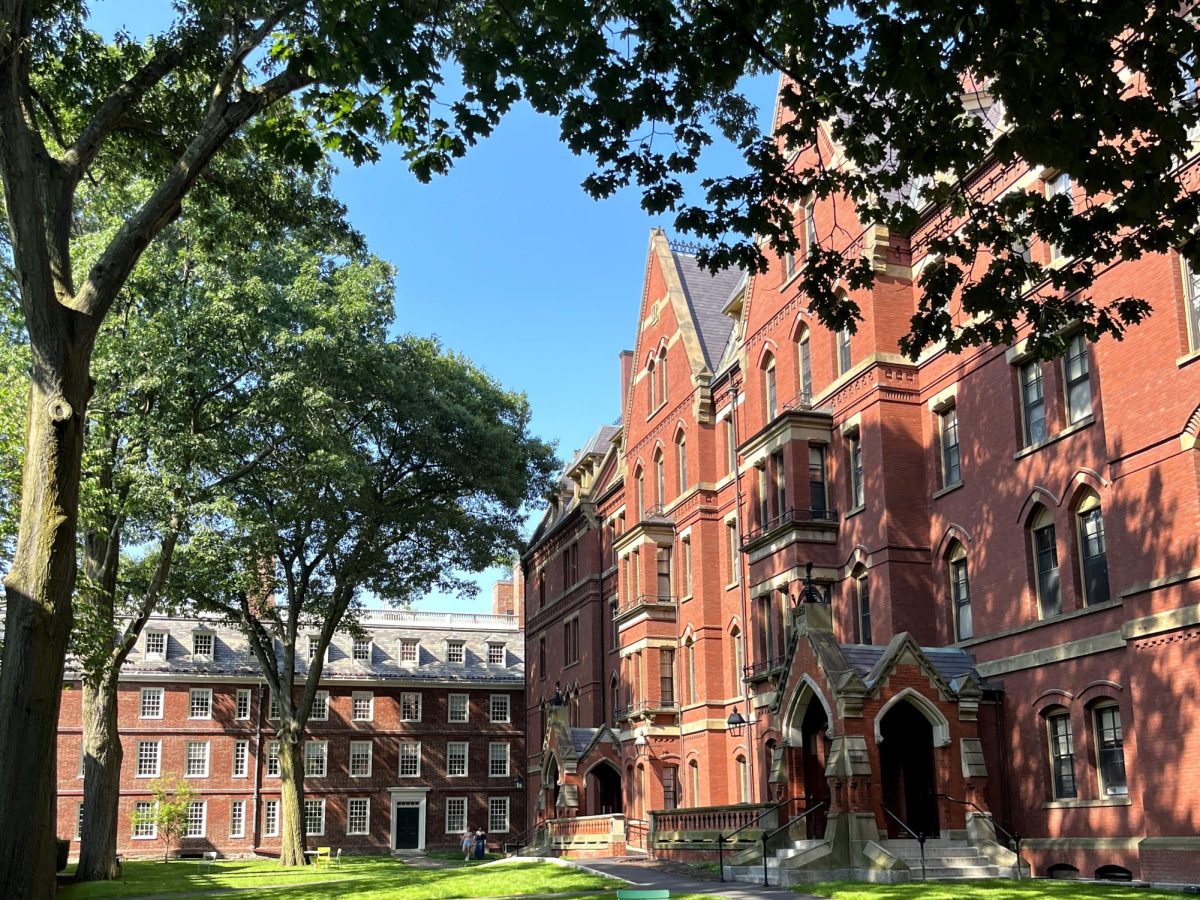
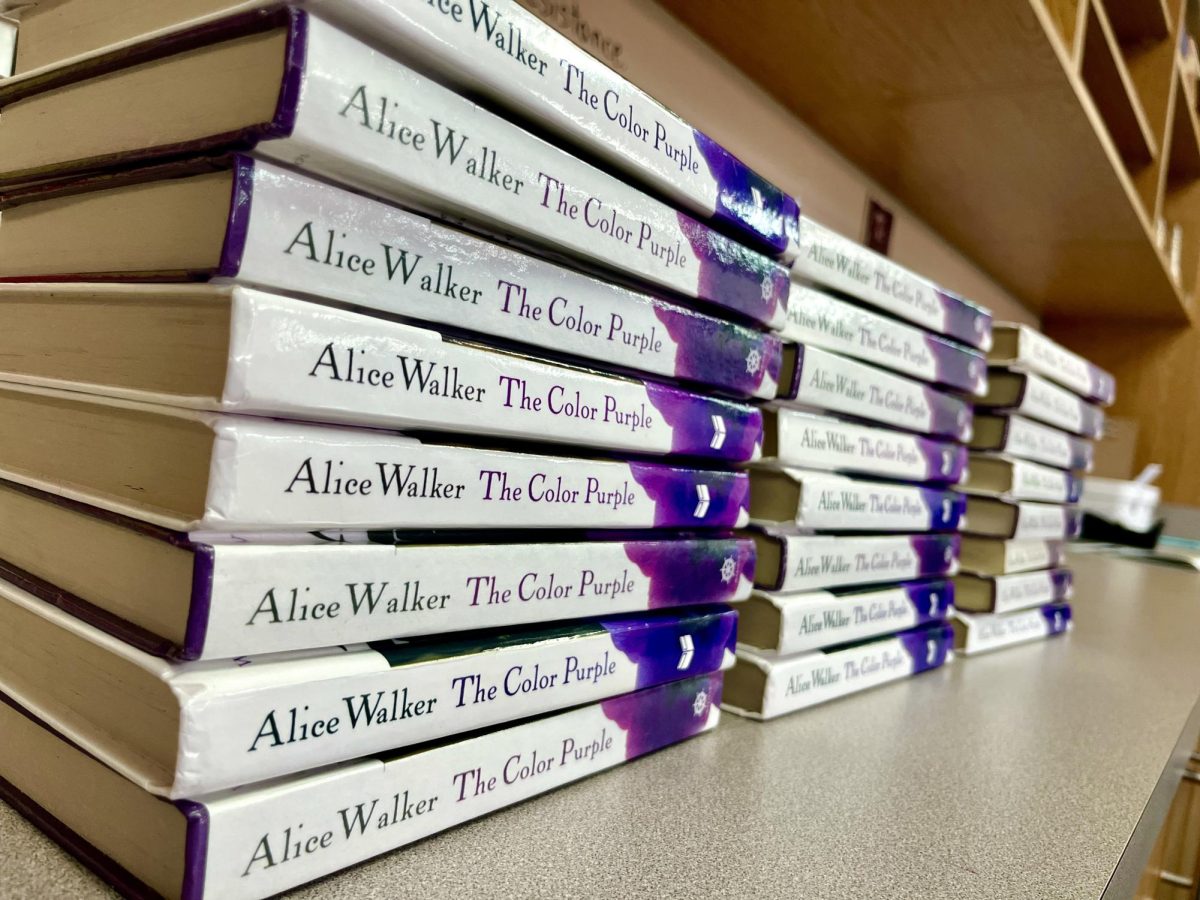



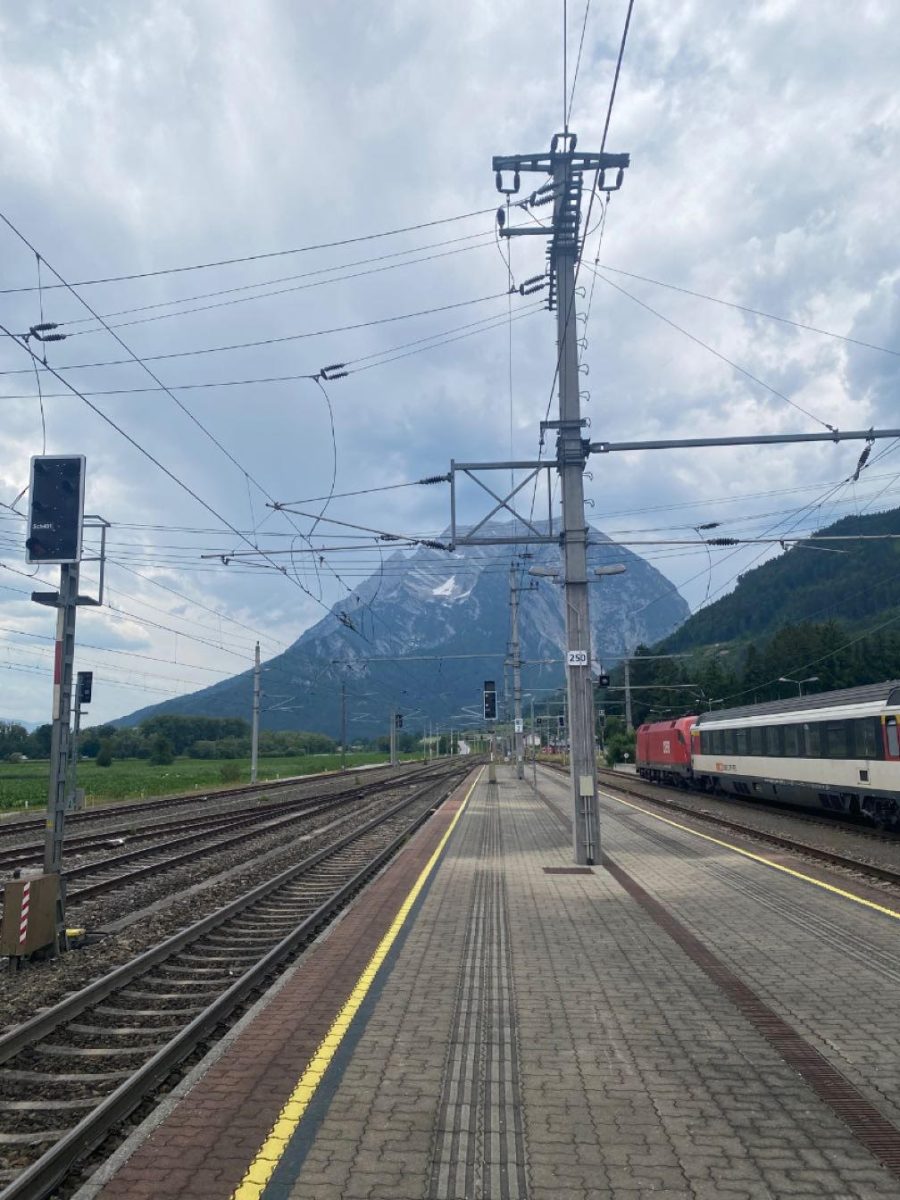

Prothsa Shekar • Oct 4, 2023 at 3:45 pm
I didn’t that climate change is causing ground deformations and renovations in old buildings due to increased carbon emissions from factories and industrial structures. This heat traps in the atmosphere, causing temperatures to rise and causing buildings’ foundations to crumble. Engineers are developing new solutions to address these issues, ensuring informed decisions about infrastructure problems.